A list of films produced in Argentina in 1971:
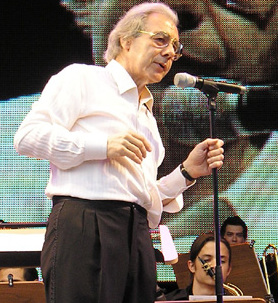
Boris Claudio "Lalo" Schifrin is an Argentine-American pianist, composer, arranger, and conductor. He is best known for his large body of film and TV scores since the 1950s, incorporating jazz and Latin American musical elements alongside traditional orchestrations. He is a five-time Grammy Award winner; he has been nominated for six Academy Awards and four Emmy Awards.

A sexploitation film is a class of independently produced, low-budget feature film that is generally associated with the 1960s and early 1970s, and that serves largely as a vehicle for the exhibition of non-explicit sexual situations and gratuitous nudity. The genre is a subgenre of exploitation films. The term "sexploitation" has been used since the 1940s.
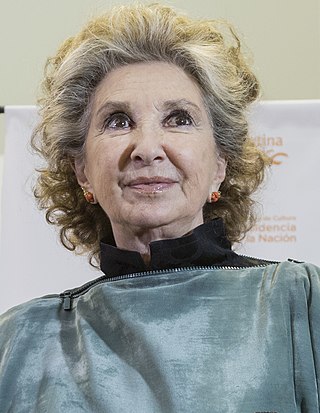
Norma Aleandro is an Argentine actress. She is considered one of the most celebrated and prolific Argentine actresses of all time and is recognized as a cultural icon in her home country.
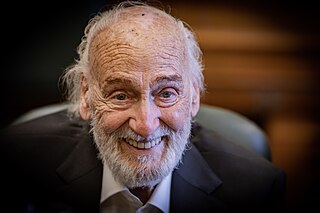
Héctor Benjamín Alterio Onorato is an Argentine theatre, film and television actor, well known both in Argentina and Spain.
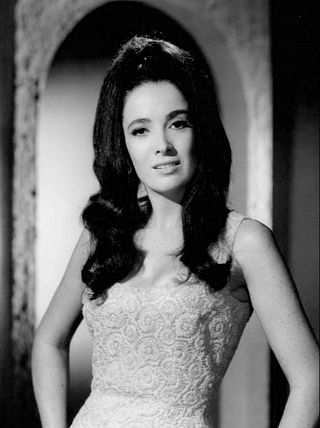
Marta Victoria Moya Peggo Burges, known professionally as Linda Cristal, was an Argentine-American actress. She appeared in a number of Western films during the 1950s, before winning a Golden Globe Award for her performance in the 1958 comedy film The Perfect Furlough.
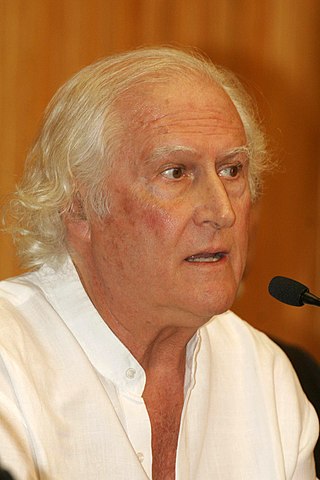
Fernando Ezequiel "Pino" Solanas was an Argentine film director, screenwriter, score composer and politician. His films include; La hora de los hornos (1968), Tangos: el exilio de Gardel (1985), Sur (1988), El viaje (1992), La nube (1998) and Memoria del saqueo (2004), among many others. He was National Senator representing the Autonomous City of Buenos Aires for six years, from 2013 to 2019.

Pablo Trapero is an Argentine film producer, editor, and director.
This is an index to pages listing Argentine films ordered by year of release. For an A-Z list, see Category:Argentine films.

The cinema of Paraguay has historically been small. However, this has begun to change in recent years with films like El Toque del Oboe (1998); María Escobar (2002); O Amigo Dunor (2005), which competed for Best Movie in the Rotterdam International Film Festival; Hamaca Paraguaya (2006), which was screened at the Cannes Film Festival, gaining critical acclaim both in Paraguay and abroad; 7 cajas (2012); Latas Vacías (2014); and Luna de Cigarras (2014).

Fernando Ayala was an Argentine film director, screenwriter and film producer of the classic era. He is widely considered one of the most important Argentine film directors and producers in the history of the cinema of Argentina.

Enrique Carreras was a Peruvian-born Argentine film director, screenwriter and film producer. He was one of the most prolific film directors in the history of the cinema of Argentina and a prominent figure of the classical era of Argentine cinema.

Leo Fleider was a Polish born Argentine film director and screenwriter, notable for his work during the classical era of Argentine cinema.
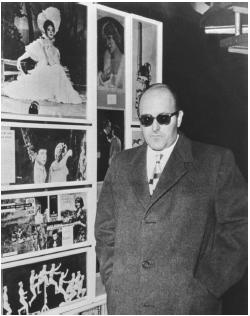
Leopoldo Torre Nilsson, also known as Leo Towers and as Babsy, was an Argentine film director, producer and screenwriter.

Mr. and Mrs. Juan Lamaglia is a 1970 Argentine film written by Héctor Grossi and Raúl de la Torre and directed by Raúl de la Torre.

Emilio Vieyra, sometimes credited as Raúl Zorrilla, was an Argentine film director, actor, screenwriter and film producer, between 1950 and the 1990s. He was born in Buenos Aires, Argentina. He is mostly known for his action and horror films, which were usually grounded in the exploitation genre.
The Grupo Cine Liberación was an Argentine film movement that took place during the end of the 1960s. It was founded by Fernando Solanas, Octavio Getino and Gerardo Vallejo. The idea of the group was to give rise to historical, testimonial and film-act cinema, to contribute to the debate and offer an open space for dialogue and freedom of expression that was illegal at that time. With strong anti-imperialist ideas, he harshly criticized Peronism and neocolonialism. In the subsequent years other films directors revolved around the active core of the Cine Liberación group.

Pedro Jorge Rigato Delissetche, better known by his stage names George Rigaud, Georges Rigaud or Jorge Rigaud, was an Argentine film actor who appeared in 194 films between 1932 and 1981.

Pedro Rodolfo Dellacha was an Argentine football defender and coach. He was the captain of the Argentina national team that won the 1957 Copa América and earned the nickname "Don Pedro del Area". As a manager, he won the Copa Libertadores twice and league championships in four countries.

Museo del Cine Pablo Ducrós Hicken is a museum of cinema of Argentina located in Buenos Aires. It was established on 1971 and holds a collection of 65,000 reels of film.